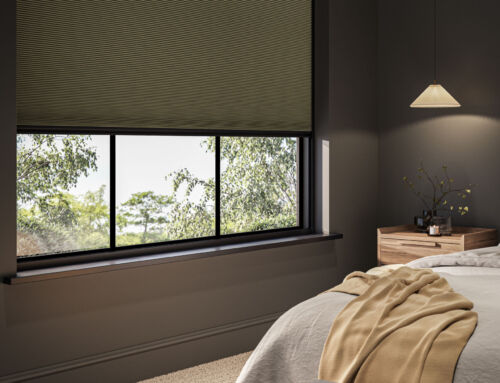Matching blinds and sofas can be daunting, especially if you are unfamiliar with interior design. However, with a few tips and tricks, you can easily create a cohesive and stylish look in your living room.
Here are 10 tips to help you match your blinds and sofas.
- Consider the Style of Your Room
The first step to matching blinds and sofas is to consider the style of your room. If your room is contemporary, opt for blinds and sofas with clean lines and minimalist designs.
- Choose a Color Scheme
The next step is to choose a colour scheme for your room. You can choose a complementary colour scheme, where you choose colours opposite each other on the colour wheel, or an analogous colour scheme, where you choose colours that are next to each other on the colour wheel.
- Consider the Material
When matching blinds and sofas, you should also consider the material of both pieces. If your sofa is made of leather, choose blinds made of wood or faux wood. On the other hand, if your sofa is made of fabric, you may also want to choose blinds made of fabric to create a cohesive look.
- Think About the Room’s Lighting
Another factor to consider when matching blinds and sofas is the lighting in your room. If your room has a lot of natural light, choose light-filtering or translucent blinds to allow some natural light to filter through.
- Consider the Size of the Room
Consider the size of your room when matching blinds and sofas. If your room is small, choose light-coloured blinds with a simple design to make the room feel larger. On the other hand, if your room is large, choose blinds with a bold pattern or colour to add some interest.
- Consider the Texture
The texture of your blinds and sofa is another important factor to consider when matching the two. If your sofa has a smooth texture, you may choose blinds with a bit of texture, such as wood or bamboo.
- Create Contrast
While creating a cohesive look between your blinds and sofa is important, you can also create a contrast to add interest to your space. For example, if your sofa is solid, choose patterned blinds.
- Consider the Functionality
When choosing blinds for your living room, it’s important to consider their functionality. Do you want your blinds to provide privacy, block out light, or both? If you want your blinds to provide privacy, choose opaque blinds with a privacy liner.
- Think About the Accessories
Matching your blinds and sofa isn’t just about the two pieces themselves. You should also consider the accessories in your room, such as throw pillows, rugs, and curtains. When choosing accessories, try to pick items that complement your blinds and sofa rather than just one or the other.
- Consider the Mood
When matching your blinds and sofa, consider the mood you want to create in your living room. Do you want a cosy, intimate space or a bright, airy one? The colours, textures, and patterns you choose for your blinds and sofa can help create the mood you’re after.
Conclusion
Matching blinds and sofas are about balancing cohesion and contrast while considering your space’s functionality, texture, accessories, and mood. Following these tips, you can create a stylish, cohesive look in your living room that reflects your style and meets your functional needs.
Are you looking for a reliable and experienced blinds supplier in Warwickshire? Whether you want to match your blinds to your sofa or create a bold contrast, our experts can help. Contact us today!






Leave A Comment